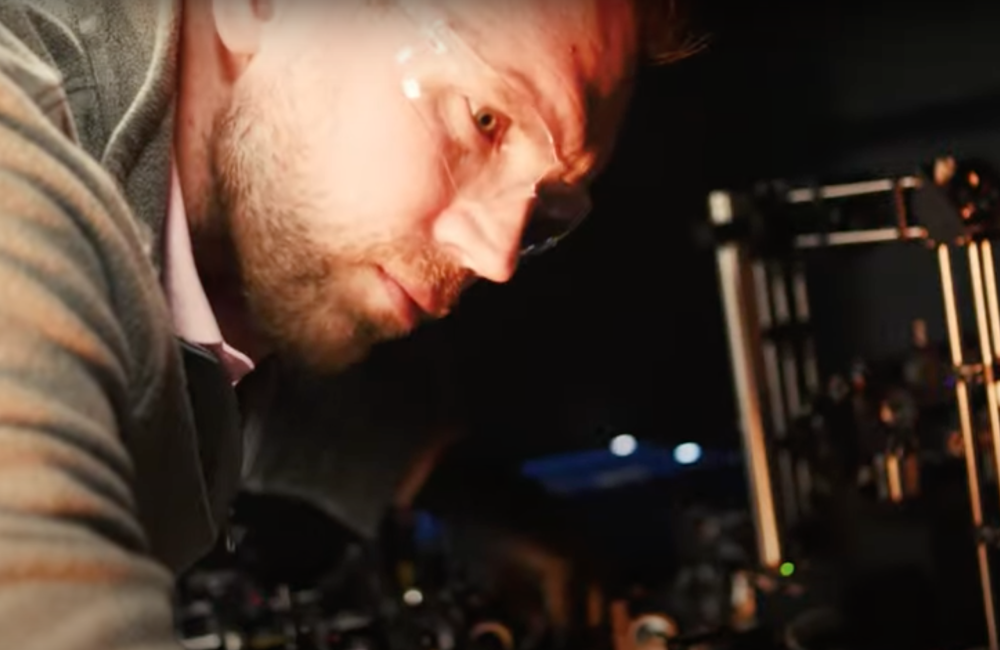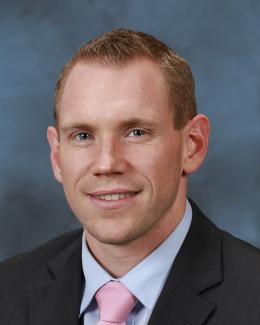ORNL fusion scientist Elijah Martin is working with TAE Technologies to demonstrate the feasibility of field-reversed configuration reactors, a possible alternative to the traditional tokamak-based devices. Credit: ORNL.
Oak Ridge National Laboratory manages the Innovation Network for Fusion Energy Program, or INFUSE, with Princeton Plasma Physics Laboratory, to help the private sector find solutions to technical challenges that need to be resolved to make practical fusion energy a reality.
“The main goal of this program is to accelerate basic research to develop cost-effective, innovative fusion energy technologies in the private sector,” said INFUSE Director and ORNL fusion expert Dennis Youchison. “We do that by matching the most impactful assistance requests to the knowledge and world-class capabilities that only the network of DOE national laboratories can offer.”
INFUSE is funded by the US Department of Energy’s Fusion Energy Sciences program in the Office of Science, to provide financial and technical support to fusion industry in five main areas of research: enabling technologies, materials science, diagnostics, theory and simulation (including artificial intelligence), and research requiring unique DOE experimental facilities.
The program has been running since 2019. In that time, it has facilitated 47 collaborations with industry partners, including projects with Commonwealth Fusion Systems, Energy Driven Technologies, General Fusion, HelicitySpace, Magneto Inertial Fusion Technologies, Renaissance Americas, TAE Technologies and Tokamak Energy.
“Since its foundation, the program has also expanded to all 17 DOE national laboratories and US accredited universities involved in fusion research,” said Youchison.
The awards — which range from $50,000 to up to $500,000 — are not made directly to industry; instead, the participating companies must partner with a national laboratory or university, through which funds are utilized. Companies are also expected to contribute a cost share to the project. INFUSE is now accepting proposals for 2022; the first round of proposals is due February 11. More information is available at infuse.ornl.gov.
One of the recent projects is a partnership of ORNL’s researcher Elijah Martin and TAE Technologies, a company that is working to demonstrate the feasibility of a specific type of design for fusion reactors called a field-reversed configuration, or FRC.
FRC represents an alternative to the tokamak or spherical torus design of most fusion devices today.
“In an FRC device, the magnetic field is significantly weaker in amplitude than in toroidal devices, such as the tokamak, making typical magnetic field measurement techniques unusable,” explained Martin, who has spent the past several years developing a laser-based technique that would allow for measuring electric and magnetic fields with a considerably higher rate of precision than what is available today.
Martin’s team and TAE Technologies first partnered in 2019 through INFUSE.
“They have made great progress to make FRC devices a potential solution for fusion. Part of their work requires access to the magnetic field inside of a fusion reactor, which we can help with. This has been a very productive example of public/private partnership for the advancement of fusion energy,” said Martin.
ORNL scientist Travis Gray has been involved in other INFUSE collaborations looking at plasma-facing components solutions. The most recent project is with Massachusetts-based company Commonwealth Fusion Systems. CFS is projecting to have its own tokamak — a device dubbed SPARC — up and running by 2025, but that milestone comes with challenges that can only be solved with the help of experts and facilities accessible through national laboratories.
In a tokamak, strong magnetic fields confine the plasma. However, some of that energy inevitably leaks, which is why the inside of many fusion devices are lined with special plasma-facing materials. For CFS’ project, Gray and his team are looking at how much heat different variations of tungsten could resist. Tungsten is an element known to have the highest melting point in nature.
“We’re using Penn State University’s electron beam facility to apply heat fluxes in areas relevant for the design of the SPARC tokamak. These heat fluxes can go up to 150 megawatts per square meter, reaching values similar to the surface of the Sun,” explained Gray.
The idea for this collaboration was born out of a discussion in the broader U.S. fusion community. The team had already proven this technique on the National Spherical Torus Experiment, so they decided to give try it on the CFS design. The funds granted through INFUSE cover the time the team needs at Penn State’s facility.
Both Gray and Martin agree that programs like INFUSE help fuel development of the nation’s portfolio of clean energy options.
“The more ideas we bring to the table, the higher our chances are to succeed,” said Martin.
UT-Battelle manages ORNL for the Department of Energy’s Office of Science, the single largest supporter of basic research in the physical sciences in the United States. The Office of Science is working to address some of the most pressing challenges of our time. For more information, please visit energy.gov/science. — Andrea Schneibel





